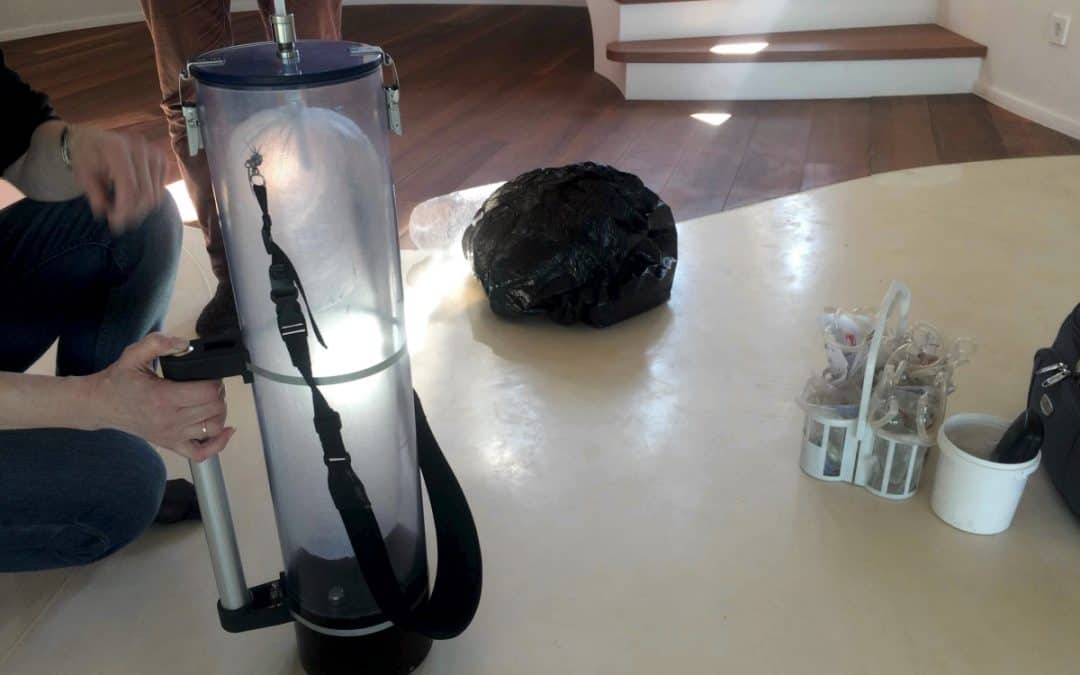Nowadays, air pollution is a serious issue. Yet even though there are extensive debates on how to reduce industrial pollution, the quality of air in our homes is often side-lined and forgotten. But, after all, it is at home that we spend most of our time, so the air quality has an enormous impact on our well-being and health.
Does your home have a “sick” building syndrome?
Sick building syndrome is the name for symptoms you get while you’re in a particular building. If you have headaches, feel tired, lack concentration, experience dizziness, allergic reactions, nausea, runny nose, dry eyes or tears – but these symptoms go away within a few hours of leaving – you probably have already experienced a sick building syndrome.
What determines the air quality in your home?
Building materials have a significant impact on indoor air quality. Most common building materials emit Volatile Organic Compounds (VOCs) and formaldehydes, which are considered carcinogenic. These substances adversely affect our well-being and health. High concentrations of these harmful substances can be found in carpets, laminate flooring, foam sealant and even wood fibreboards.
How is the air quality in an ecological house different?
To prove the benefits of choosing an ecological house, we studied the indoor air quality of one of our new buildings, which has been constructed entirely out of natural and ecological materials. The house has been thermally insulated using wood wool, the facade has wood cladding, and a non-standard “living” solution has been chosen for the roof – it’s covered with sedum plants. Moreover, for interior walls, we’ve used gypsum fibreboards with sheep’s wool, which are known for air-purifying and antimicrobial properties. Finally, decorative clay plaster has been chosen for interior finish, because it allows the walls to “breathe” and has antiseptic properties.
The air quality of the house under study surprised even ourselves. Lithuanian Hygiene norm 35:2007 for “Maximum permissible concentration of chemical substances (pollutants) in indoor air” states that a single maximum permissible concentration of formaldehyde in the air may not exceed 0.1 mg / m³. Meanwhile, National Public Health Surveillance Laboratory (NPHSL) reported that the concentration of formaldehyde in the house studied was only 0.01 mg / m³ in the children’s room, 0.02 mg / m³ in the bedrooms, and 0.03 mg / m³ in the living room. This study has thus proved that the concentration of pollutants in an ecological house can be as much as 10 times lower than the permissible norm.
When people choose their homes, a lot of attention is focused on aesthetics. But we want to remind you that what materials the house is built of is equally if not more important. By choosing building materials responsibly, you can have not only a beautiful, long-lasting home but also a home that boosts your health. The most important thing when designing your dream house is thus to decide what quality air you want to breathe in your home.

Recent Comments